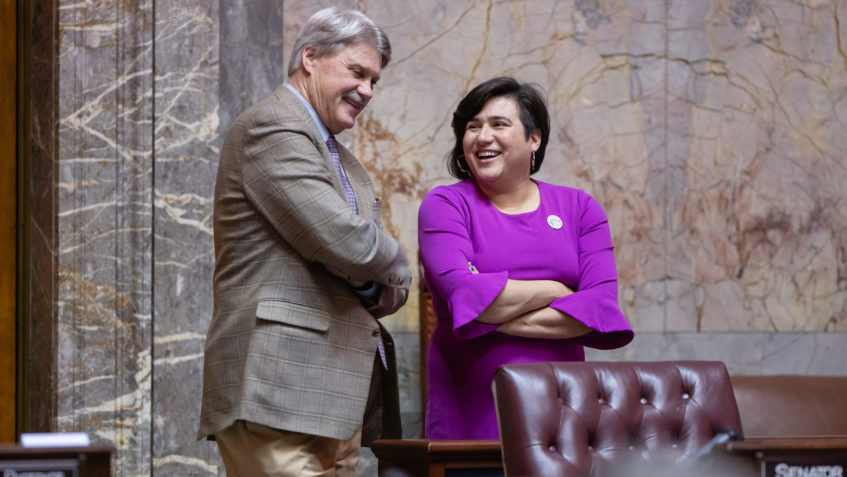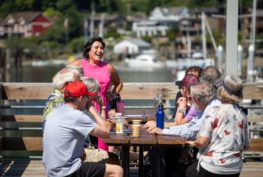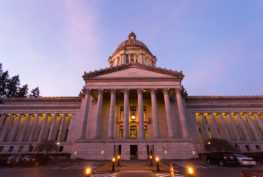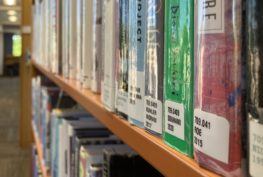By Sen. Emily Randall and Sen. Tim Sheldon
One flood, one earthquake, any natural disaster – that’s all it would take to render the intersections of Highway 16 and Highway 3 in Gorst completely unpassable. That’s all it would take to endanger thousands of our neighbors’ lives. As our region’s economy grows, as our communities become more connected, the Gorst corridor has become our most notorious chokepoint. We must take meaningful action to bring relief to our neighbors who rely on Gorst – to get to work, to bring their kiddos to childcare, to access healthcare, to go to school, to defend our nation’s security every day. The traffic problem in Gorst is not simply inconvenient. It is unsafe.
Right now, Gorst remains the one avenue for federal emergency management officials to bring food and resources north of Sinclair Inlet in case of a natural disaster. If Gorst becomes inaccessible, we risk leaving our neighbors stranded without resources. The current neglect of the Sinclair Inlet estuary and Gorst Creek also poses a threat to the health of salmon and the surrounding environmental habitat, a concern that our tribal neighbors have raised.
Upward of 85,000 trips along the Gorst corridor are made by folks in our region. Everyone who uses that road can attest to the frustrating and problematic slow-down guaranteed at this bottleneck. We know. We use that road ourselves as we visit loved ones, go to community events, head to Olympia, make trips to the doctor. A solution cannot wait, and this is the year to get this done, as we look to recover and rebuild after this pandemic.
Click here to read more in the Kitsap Sun.




